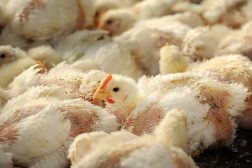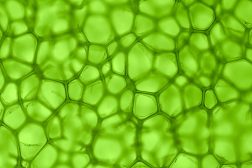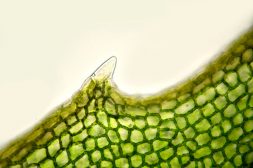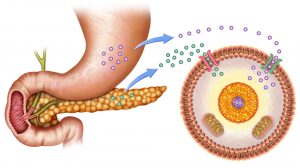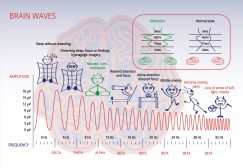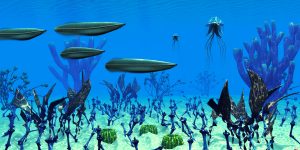Definition
noun, plural: flatworms
Any of the worms (e.g. tapeworms, trematodes, planarians, etc.) belonging to the phylum Platyhelminthes, characterized by a flattened and bilaterally symmetrical body
Supplement
The flatworms make up the phylum Platyhelminthes (i.e. etymologically, platy meaning flat and helminth meaning worm) that are distinguished by their flat and bilaterally symmetrical body. Some of them are free-living whereas others are parasitic. The phylum is divided into four groups: (1) turbellarians, (2) trematodes, (3) monogeneans, and (4) cestodes. Turbellarians are mostly free-living. Most of them are scavengers and predators. Their length ranges from 1 mm to 600 mm. Pseudoceros dimidiatus is an example of a turbellarian. Trematodes include the groups Digenea and Aspidogastrea. They are distinguished by their holdfasts resembling suckers that aid them to anchor within the host. Monogeneans are mostly ectoparasites of fish, amphibians, and aquatic reptiles. They have haptors, which are attachment organs they use to attach to their host. Cestodes are parasitic tapeworms. Taenia solium (pork tapeworm), Taenia saginata (beef tapeworm), and Diphyllobothrium spp. (fish tapeworm) are some of the tapeworms that can infest humans.
The flatworms are unsegmented, soft-bodied invertebrates. They do not have specialized circulatory and respiratory organs and therefore rely on diffusion to move oxygen and nutrients through their bodies. They have an incomplete digestive system. There is only one opening where food enters and where the non-digested particle leaves.
Scientific classification:
- Kingdom: Animalia
- Phylum: Platyhelminthes
Variant(s):
- flat worm
See also:
- helminth
- acoelomate
- nematode
- trematode
- cestode

